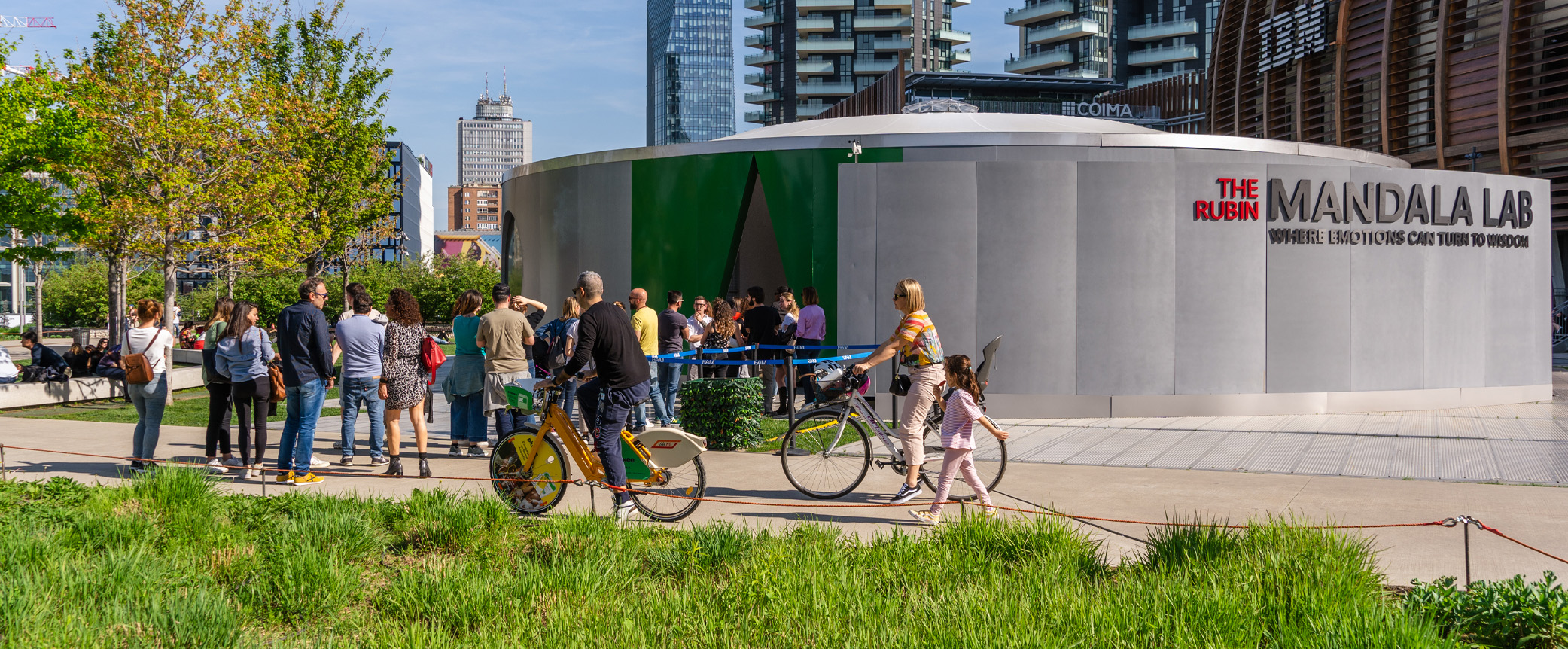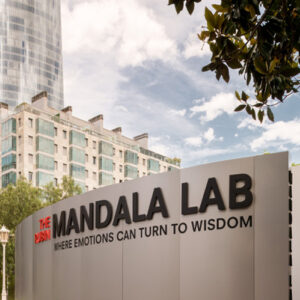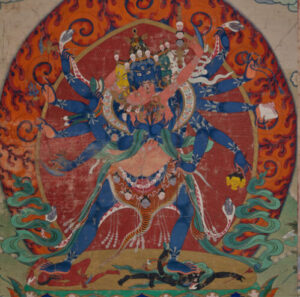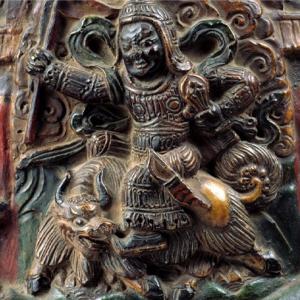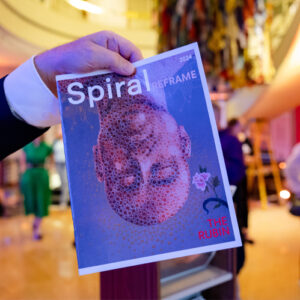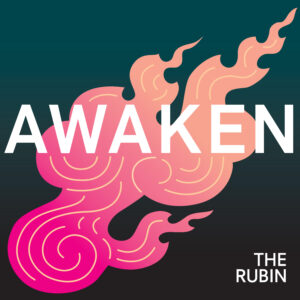
The Future of the Rubin
The Rubin is transitioning into a global museum model with the goal of bringing greater awareness and understanding of Himalayan art to more people around the world. As part of our evolution, we will close the physical galleries on 17th Street on October 6 and sell the building.
We are proud of the groundbreaking exhibitions and events we have held in New York over the last 20 years and our building has been central to that success. While we are making major operational changes, our mission remains the same: to bring greater understanding and appreciation of Himalayan art to as large and diverse an audience as possible. The Rubin’s commitment to this overarching goal is unwavering and we look forward to continuing our work in this field well into the future.
“Bold change has always been in the Rubin’s DNA, and we are excited to embrace what our future as a global museum has to offer.”
“After 20 years focused on its Chelsea headquarters, the museum will send its collections and initiatives on the road…In many respects, the Rubin has already implemented its global vision.”
FAQ
What will the Rubin do as a museum moving forward?
We aim to redefine what it means to be a museum in the 21st century by implementing an innovative and borderless program of partnerships, exhibitions, and digital initiatives for the public, as well as grants, object loans, and scholarship. Going forward, we will prioritize several key objectives in service of our mission, such as:
- Strengthening the representation of Himalayan art in museums and relevant cultural organizations globally, including collection sharing.
- Nurturing and broadening the creative exploration of Himalayan art, including supporting contemporary artists responding to, interpreting, and reimagining Himalayan art.
- Expanding research into Himalayan art, and the Rubin’s collection in particular, with an emphasis on interpretation and accessibility.
- Deepening provenance research and fostering dialogue with the Himalayan region and diaspora to further awareness on the topic.
- Investing in multimedia educational resources, providing broader access to the collection.
- Shift perspectives around the human experience through the lens of Himalayan art and associated cultural practices.
What are your plans for the collection?
The Rubin will continue to care for, study, and share our celebrated collection of Himalayan art as a global museum. An extensive long-term loan program and traveling exhibitions curated by the Rubin, including our ongoing Gateway to Himalayan Art, will expand the reach of the collection as we partner with a broad range of cultural organizations. This program will develop over time, and when objects are not on loan or displayed in traveling exhibitions, they will be stored offsite in a professional facility and remain available for scholars and researchers.
How can I continue to engage with the Rubin?
The Rubin will maintain an office and staff in New York dedicated to working with artists and partner institutions, promoting research, and building out public programming and offerings, online and in person, serving the public locally, nationally, and internationally. Existing Rubin initiatives, such as Project Himalayan Art, which provides physical, digital, and scholarly resources for the study of Himalayan art, and our interactive Mandala Lab, which is soon opening in Milan after previous installations in Bilbao and London, are only the beginning.
The Rubin’s Social, Emotional, and Ethical Learning® curriculum, incorporated in partnership with Emory University, will serve schools and teachers in New York City and beyond through digital and in-person traveling Mandala Lab experiences, and will be expanded in the coming years.
We are also investing in multimedia content like videos, podcasts, essays, and interviews that help audiences around the world connect to and learn from our collection and its insights.
The best way to stay informed about all Rubin activities is to subscribe to our email newsletter and follow us on social media @rubinmuseum.
How did finances impact the decision?
The Rubin is proud to be in a strong financial position with a healthy endowment/sustaining fund. However, significant resources are required to own and operate a building in New York City. By refocusing our resources toward this global model, we’re not only aiming to achieve a broader impact but also set the museum on a more sustainable path for decades to come.
The Rubin will continue to rely and build on the generous support of individual and institutional donors that share a passion for our work and its impact for people of all ages in New York City, nationally, and around the world.
Is this decision related to provenance questions or recent repatriations?
No, absolutely not. The Rubin vehemently opposes the trafficking of stolen or looted cultural items, and has never knowingly acquired objects that are known to have been illicitly traded, smuggled, or stolen. We remain committed to the ongoing research of the provenance or ownership history of our collection and have recently created a new staff role for provenance work. We have repatriated three objects in the last two years and have fostered dialogue with partners in the region. Should we—through our efforts in researching and documenting our collection or through inquiries—learn that objects in our care have been documented as stolen or looted, the museum will address all claims responsibly, which could include the return of the objects to countries of origin. This practice will continue as a global museum.
What does membership entail after the building closes?
The Rubin will continue to operate a robust membership program after the building closes with redesigned offerings. Current members can continue to enjoy their benefits through October 6, 2024, including free admission, special programs and tours, invitations to events, and discounts at the shop and café. Additional updates and information will be shared to members in the coming weeks.
What does this mean for the future of the Rubin?
While we are making major operational changes, our mission remains the same: to bring greater understanding and appreciation of Himalayan art to as large and diverse an audience as possible. Our board’s commitment to this overarching goal is unwavering and we look forward to continuing our work in this field.

